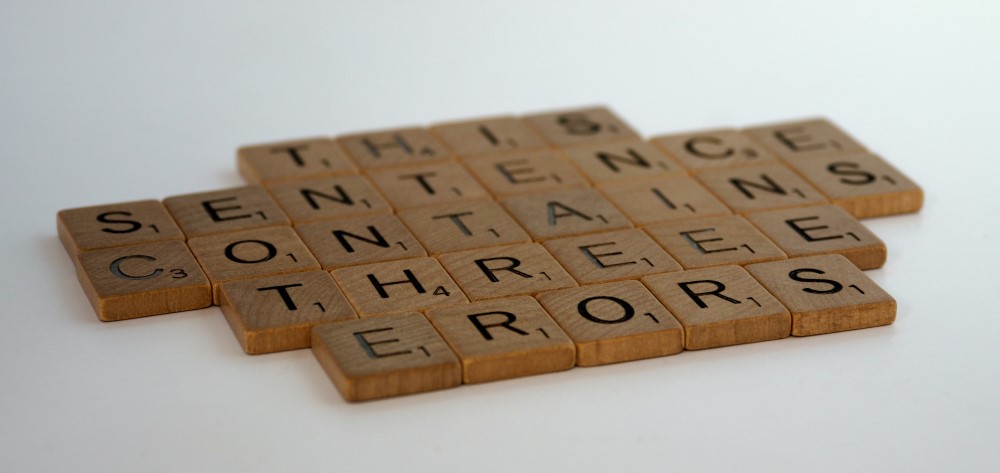It’s no revelation that students forget pretty quickly the lesson of the day. Repetition, drilling, revision and testing are the traditional tools that teachers use to to try to limit forgetting and help students remember, but it often feels like trying to hold back the tide. There’s possibly a biological reason for this. Just as we are deaf to conversations in a crowded room until we hear our name, or blind to advertisements while browsing the Internet, our memories are selective in what is deemed worth holding on to and what can be discarded. So, how can we maximize what students remember?
How quickly we forget
Studies reaching back to the 19th Century indicate that within an hour, without reinforcement, we have forgotten more than half of a new instruction. After a week, we’ve forgotten almost all of it. However, if we have some understanding of the processes that lead to retention as well as the desolate neural fields upon which memories die, then we can adopt strategies to maximize how much critical material our students remember.
Synaptic plasticity explains why some experiences are remembered and easily retrieved while others are lost. Think about the route you take to go to work. After months or years of travelling the same route you might not even notice the journey – it’s become almost muscle memory and you could drive it in your sleep (don’t do that!). But in the beginning, the first few times you followed that road, you noticed and noted landmarks; the remarkable pink house, the coffee shop that was open early, the park with the beautiful fountain. Rather than struggling to remember street names and directions, the route quickly became memorized because you tied it to other senses and experiences. New memories layered on the foundation of others are much more potent and lasting.

Maximize what students remember – 5 strategies
These five strategies take advantage of the brain’s preference for forming memories which are referenced and related to pre-existing memories.
- Students as teachers: Having students pair-up or disperse into small groups to explain, discuss and challenge what they’ve learned with each other can immediately reinforce and reactivate a fading understanding. “Actively retrieving a memory immediately following encoding can facilitate retention of central and peripheral elements of an episode”, (Sekeres et al., 2016).
- Two steps forward, one step back: Similar to scaffolding, a strategy of incorporating previously learned material into a current lesson gives students many opportunities to review and put their knowledge into practice. Think of this as the “backstitch” teaching technique. Besides referencing previous lessons during the course of a current one, teachers can also assign homework which requires a review of long past material. “Spaced review or practice enhances diverse forms of learning, including memory, problem solving, and generalization to new situations.”, (Kang, 2016).
- This week’s pop quiz: The stresses of end-of-term tests and final exams have stuck with me decades after having written my last one. Not only are these experiences psychologically brutal, but the format is not conducive to a student’s strongest recollective performance. Rather, a series of regular, frequent, low-stakes quizzes or learning competitions throughout the term can be both a less intimidating approach as well as a more memory-building strategy. “Every time a memory is retrieved, that memory becomes more accessible in the future. Retrieval also helps people create coherent and integrated mental representations of complex concepts, the kind of deep learning necessary to solve new problems and draw new inferences.”, (Karpicke, 2016).
- Picture this!: Most teachers know that a concept presented in a variety of ways has the best chance to be understood and remembered. There have been whole forests of papers written about the benefits of physical learning, nature learning, out-schooling, TPR and so on, but even the simple act of combining a spoken lesson with visual aids makes the lesson more memorable. “Illustrative diagrams improved deep understanding… [and] promote coherent mental models”, (Bui & McDaniel, 2015).
- A pinch of this and a dab of that: Certain subjects are particularly prone to being sectionalized into discrete units (I’m looking at you, STEM), but all subjects may suffer from a degree of compartmentalization. When students a) learn a certain method to solve a particular brand of problems, or learn a distinct process or idea, and then b) drill with that method, process or idea, and then c) move on to the next unit, then students learn not to think but only to process. Interleaved practice involves presenting students with problems from different units of the course so that they must recall the best approach. “Interleaved practice requires students to choose a strategy on the basis of the problem itself, as they must do when they encounter a problem during a comprehensive examination or subsequent course”, (Rohrer, Dedrick, & Stershic, 2015).

To reiterate, we don’t need research papers to tell us that people forget, and that they forget most quickly when they’re not reminded. However, certain methods of presentation, revision and testing lead to much greater retention and more successful recollection than others.
Resources
The persistence and transience of memory
dx.doi.org/10.1016/j.neuron.2017.04.037
What is synaptic plasticity?
https://qbi.uq.edu.au/brain-basics/brain/brain-physiology/what-synaptic-plasticity
Recovering and preventing loss of detailed memory
http://learnmem.cshlp.org/content/23/2/72.full.pdf+html
Spaced Repetition Promotes Efficient and Effective Learning: Policy Implications for Instruction
https://journals.sagepub.com/doi/abs/10.1177/2372732215624708
A powerful way to improve learning and memory
https://www.apa.org/science/about/psa/2016/06/learning-memory
Enhancing learning during lecture note-taking using outlines and illustrative diagrams
https://www.sciencedirect.com/science/article/abs/pii/S2211368115000200
Interleaved practice improves mathematics learning
https://psycnet.apa.org/buy/2014-44133-001
Why students forget – and what you can do about it
https://www.edutopia.org/article/why-students-forget-and-what-you-can-do-about-it
Images by
Kier In Sight on Unsplash
Michael Coury on Unsplash
Brett Jordan on Unsplash


Leave a Reply